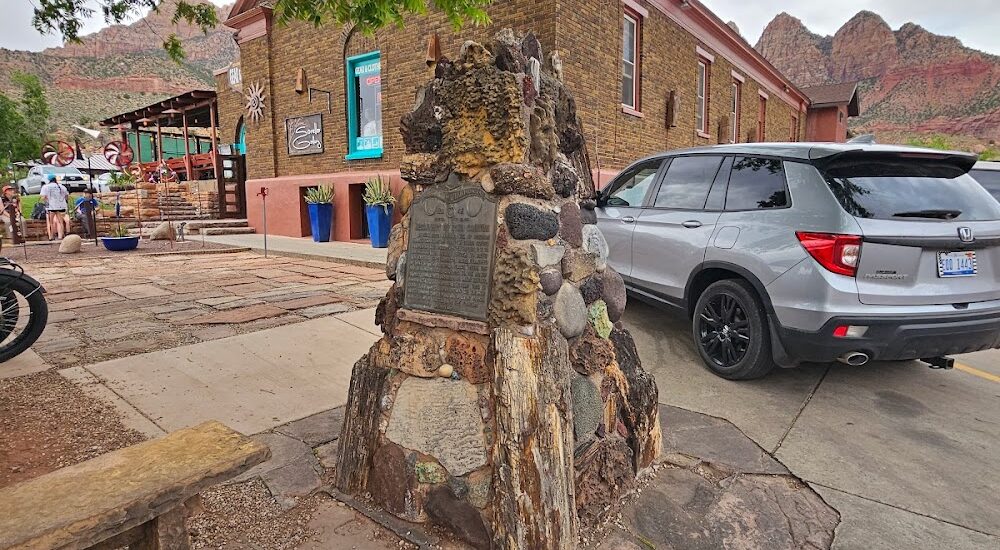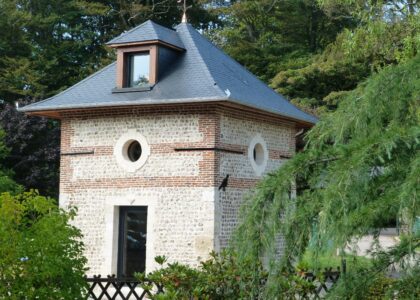Welcome to the Discovery of Zion Canyon Monument, a site that encapsulates a fascinating slice of the history of Zion National Park. This location is a tribute to the monumental natural beauty and the rich tapestry of human history that has unfolded in this region. Initially, the land was inhabited by the Ancestral Puebloans around 8,000 years ago. These semi-nomadic people were succeeded by the Virgin Anasazi culture and the Parowan Fremont group. By the 1300s, Southern Paiute subtribes, including the Parrusits, had made this area their home.
The turning point in the history of this area came in the mid-1800s when Mormon settlers arrived. By 1858, they began to establish communities and farms, drawn by the fertile land and abundant water. Fast forward to 1909, President William Howard Taft recognized the unique geological and historical importance of the area, designating it as the Mukuntuweap National Monument. This was a pivotal moment that set the stage for Zion’s eventual status as a national park.
In 1919, the monument was renamed Zion National Park, a name that resonated well with the settlers and visitors alike. This change was part of a broader strategy to make the park more accessible and appealing to the public. The park has since been a destination for millions of visitors who come to marvel at its stunning canyons, diverse ecosystems, and historical significance.
Throughout its history, the park has been a stage for both natural and human stories. Notable figures such as geologist Grove Karl Gilbert and landscape photographer Frederick Dellenbaugh have studied and captured the park’s beauty, contributing to its recognition and preservation. Today, the Discovery of Zion Canyon Monument stands as a testament to these efforts, offering visitors a chance to reflect on the dynamic interplay between nature and human history.





